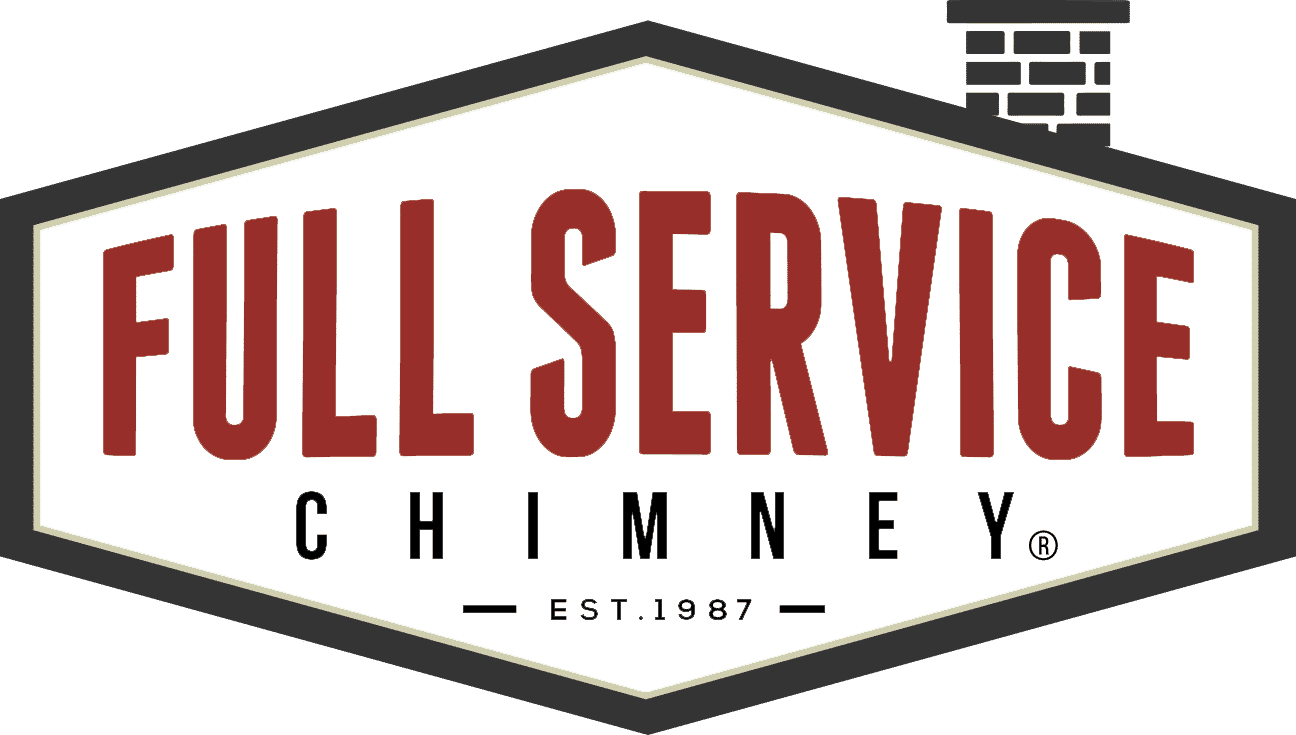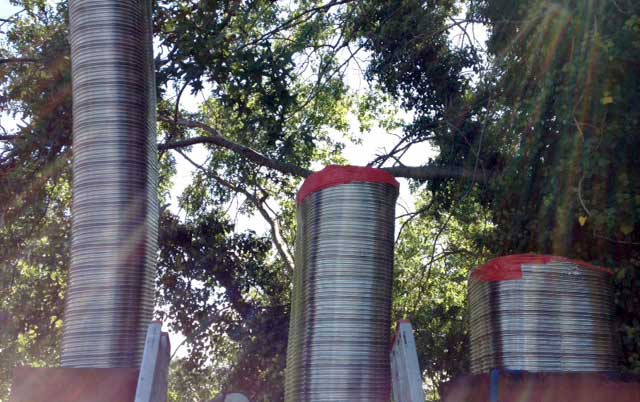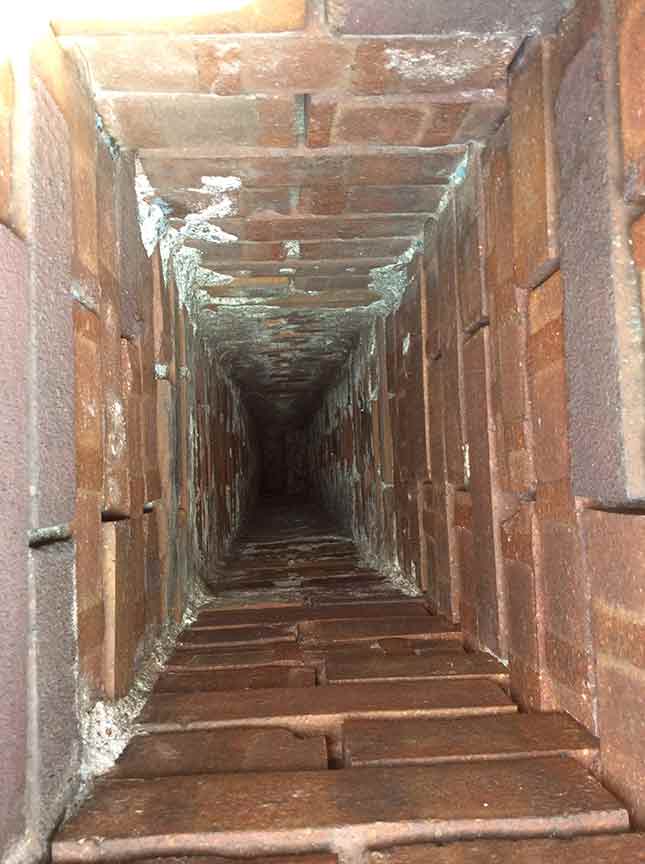A fireplace with flue is a valuable asset to any home. It allows for the cozy comfort of a warm hearth and fire for most homes in the United States. If you’re the homeowner with a flue, count yourself lucky for good reasons. The pleasure of a functioning fireplace with family and friends is second to none.
Chimney and fireplace flues also add value in another way. Most homebuyers prefer and are willing to pay more for a home with a chimney flue and fireplace than a home without. If you heat with propane, natural gas or oil, your chimney liner ensures your family stays warm through the long winter, without the carbon monoxide danger present with burning heating fuel.

Chimneys are responsible for venting combustion products to the outdoors, so all you get is the heat. Chimneys have a job to do, but it takes a trained professional to maintain and ensure the job gets done.
Without a functioning and safe chimney flue for your fireplace, soot, fumes, and creosote would come into your home and threaten your loved ones.
Consider the job of a chimney flue liner, with no moving parts and minimal maintenance, it likely saves your life on a regular basis and you don’t even know it’s happening! With a bit of upkeep, will last the life of your home.
What Is a Flue?
Your flue liner (located inside your chimney) is the vertical passageway that transports the waste gas to the outdoors. Think of chimney liners as an exhaust pipe that transports smoke and combustion products safely outdoors. Exhaust drafts up your chimney because it is warm and buoyant, carrying it up and out of your chimney using the principal of the stack effect.
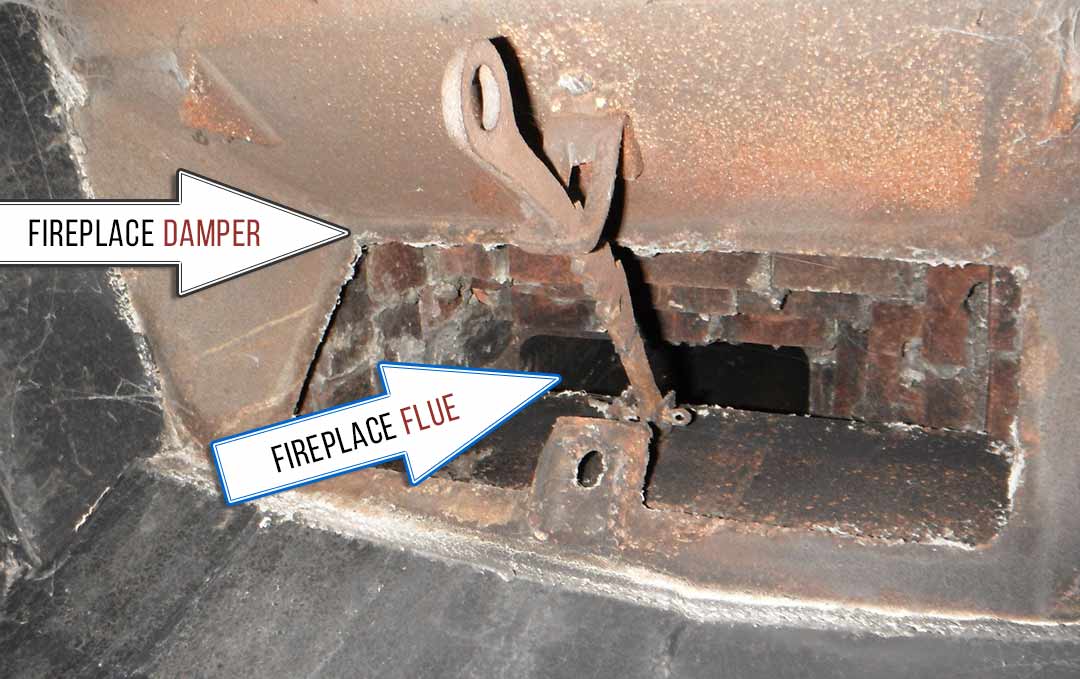
In the same way that your home is warmer upstairs than downstairs (due to warm air rising), so too with your chimney, as the warm gases travel up to the top and exit out the chimney flue cap. The exhaust drafting up through the fireplace damper, into the flue pipe, and pulls air into your fireplace or woodstove.
Without the drawing of combustion air into the firebox, starting a fire in stoves or fireplaces would be impossible. Your home, chimney and fireplace chimney liner work together to provide necessary combustion air for your fireplace while venting the byproduct exhaust out of harm’s way.
What Are Clay Flue Liners?
Brick chimneys, (also known as masonry chimneys) rely on clay flue tiles to make up their flue liner system. Made of terra-cotta, clay tile liners are inexpensive and quite durable, able to handle decades of the corrosive gases and creosote without deterioration. Clay tiles only have two enemies, that is water and chimney fires.
If the clay tile liner does not have a chimney flue cap, rain and moisture can interact with the corrosive residue of the exhaust and form an acid that will begin to deteriorate the clay tiles and mortar joints. A chimney cap will shed the rainwater away, protecting the chimney and firebox, but still, allow smoke to escape.

Are Fireplaces the Only Systems that Have Flue liners?
While a wood-burning fireplace with flue always has a chimney liner for the exhaust of smoke, appliances that burn fuel such as gas, propane and oil use chimney flues as well for the drawing in of fresh air into the combustion chamber and the venting of exhaust to the outdoors.
Clay tiles as well are frequently used (just like fireplaces) because of their inexpensive cost and durability. Clay tile liners can suffer from the excessive condensation found in the exhaust of higher efficiency gas appliances (furnaces, water heaters, and boilers) and, over time, could cause chimney liner damage.
Click the button to learn more about replacing gas flue liners.
Does Your Chimney Need a Flue Liner Kit?
If a chimney with a damaged flue pipe is used to exhaust a fuel heating appliance, the danger of blockage or gaps may allow carbon monoxide to enter the home from the damaged liner. When modern fuel appliances are venting through a masonry chimney with old clay tiles, a flue liner kit is often necessary to handle the damp and corrosive exhaust of these fuel-efficient systems.
Flue liner kits are often made of aluminum (for natural gas fuel only) or stainless steel, and perform as good or better than the clay flue tile type originally installed. When choosing a chimney flue liner kit, consider what products of combustion it will be venting and chose the best lining material for your chimney. And remember, to maximize the life of your relined chimney you must install a chimney flue cap.

Let's Talk Flue Liners
Only YOU Can Prevent Chimney Fires
Chimney fires are the worse thing that can happen to your flue liner. While clay tile liners can handle high temperatures, they are no match for flue fires. Chimney fires are the result of burning wood depositing excessive creosote build-up that catches on fire inside the chimney liner. Chimney fires, once started are difficult to extinguish, and almost always result in cracks and breakage of the chimney tiles.
Once the chimney liner is compromised, it will not contain the products of combustion. Damaged flue pipes will allow heat, smoke and carbon monoxide to reach outside of the chimney liner and could reach your home. It is, for this reason, you must protect your chimney by hiring a chimney sweep to clean your wood stove and fireplaces at least once every year.
See what happens to clay flue tiles during a chimney fire in this video post
Chimney Cleaning and Inspections
Gas and wood burning fireplace with flues, like all chimneys, need annual maintenance and inspection to ensure they are venting properly and in good repair. Over time, creosote and soot can accumulate dangerous deposits that if left untreated, lead to blockage or a life-threatening chimney fire. Annual visits by a chimney sweep for cleaning and inspection of your flues is something every chimney must have to prevent poor performance or worse.
Since there are often no obvious signs of damage or blockage of the chimney passageway, having a professional chimney sweeper service your chimney liner is the only way to stay ahead of trouble. Removing creosote from your wood stove or fireplace chimney, before excessive build-up, is the best prevention of a flue fire in your chimney.
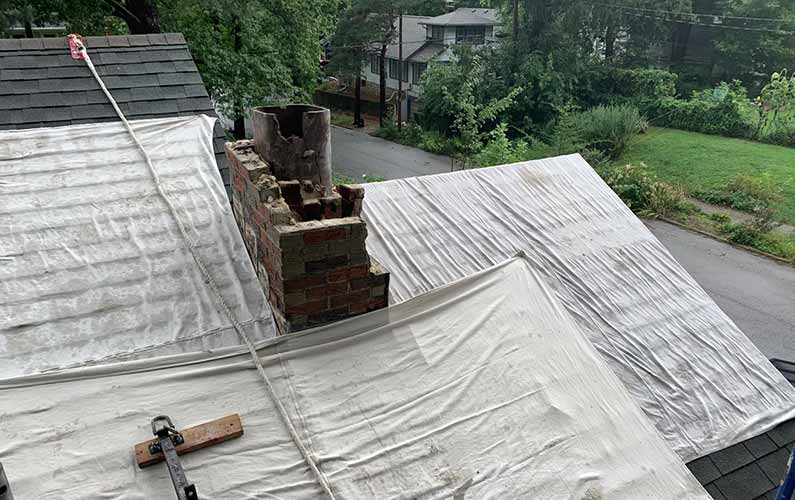
If your chimney is blocked by deposits or damaged clay tiles, a chimney sweep can discover this carbon monoxide hazard and recommend repairs to make your chimney safe again. Like other areas of your home, chimney maintenance is the most cost-effective way to protect your home and family from CO poisoning and chimney fires; regrettably, so common with neglected chimney liners.
Makes Chimney & Fireplace Flue Maintenance Easy
Simply call Kansas City’s Original Chimney Sweep at 913-642-6171 and let us help you with your flue.
